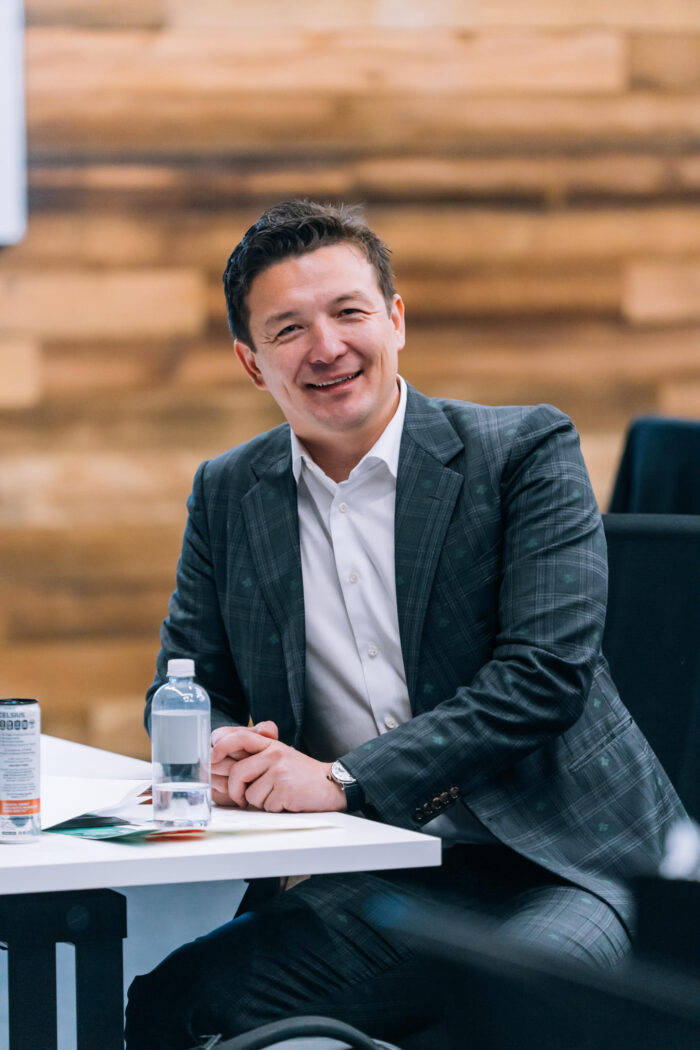
Litigation Funders: We’re Unsexy and We Know it!
The following article was contributed by Maurice Power, Chief Executive Officer of Apex Litigation Finance. Apex is an established litigation funder providing bespoke funding solutions to small/mid-size commercial claims in the UK.
The widely reported panel session on litigation funding, at the recent London International Disputes Week, was wide ranging and thought provoking, with several insightful comments from Judge Sara Cockerill, former head of the Commercial Court, and the three senior lawyers who joined her on the panel.
Mrs Justice Cockerill shared her concerns that whilst “sexy” cases, such as those which can be commoditised (e.g. competition or class action claims) or fit well into a funder’s portfolio, are most likely to be funded, other claims are less likely to be funded. I think those familiar with the litigation funding market would broadly agree with those sentiments. However, contrary to that view, new entrants to the litigation funding market, including Apex Litigation Finance, are increasing the funding options available to litigating parties. One off mid-sized claims by SMEs, individuals and insolvency practitioners are of interest to certain funders, even if the claims are deemed not to be “sexy”!
Apex was set up specifically to fund mid-sized claims. One of Apex’s USPs is that we have no minimum funding need, so we are able to offer funding solutions for claims where, for example, only disbursements need funding. For a range of mid-sized claims a cash injection from a funder can allow a case to proceed when it would otherwise be stymied. The sort of claims Apex typically fund probably fall outside of the description of “sexy” used in the panel session due to their size and nature.
An SME (as well as individuals and insolvency practitioners), when faced with the reality of funding the costs of litigation, the delaying tactics of defendants, the adverse costs risk exposure and lengths of cases in the Commercial Courts, may simply be unable to afford the risk or cost of pursuing a meritorious case, or may prefer to spread and share some of the risks that come with all litigation in order to access justice.
There is a gap between the sorts of cases typically brought by an SME and those of interest to the larger high profile funders. Claims for breach of contract, business interruption cover insurance, professional negligence and shareholder disputes (to name some examples), as well as claims brought in insolvency processes, rarely involve claim values of more than £10m and yet they may not be pursued as many funders are simply not interested in supporting lower value cases. Litigation funding is just as essential in providing access to justice for these sorts of claims, as for the larger claims and class actions. That funding gap is increasingly being addressed by funders such as Apex, who focus not on the scale of the investment but whether flexible funding, alongside a legal team working on full or partial CFAs, can enable these sorts of claims to be pursued in a cost-effective manner to deliver a decent commercial return to the funded client.
Whilst Apex bases their return on a multiple of funds deployed, as opposed to being paid a percentage of realisations, the impact of the PACCAR case on the wider litigation funding market is not helpful for the promotion of the concept of litigation funding and building confidence in the market. The Litigation Funding Agreements Bill has been stood down for now, given the pending general election, but it is essential that it is revisited as soon after the election as possible, a sentiment we share with Mrs Justice Cockerill.
Mrs Justice Cockerill accepted that it is not feasible to have a single cap on the costs of funding and called for more transparency so both parties know what they are selling and what they are buying. Many funders, including Apex, provide a funding facility with the funder’s fee based on a multiple of funds deployed, an approach which should be easily understood by the litigant seeking funding, and thus provides the transparency the litigant needs to calculate the costs. I personally love a spreadsheet and am happy to set out the likely returns to the client in a series of scenarios, including an early settlement, a successful mediation, a deal done on the Court steps and (usually the worst for all parties) an outcome at trial, with some clearly set out assumptions.
The UK has a rapidly developing litigation funding market which Apex is proud to be an active part of. That a senior Judge has endorsed the concept of litigation funding is great to hear. The market would be wise to listen to the issues raised by commentators such as Lady Justice Cockerill, who have a deep understanding of the challenges facing litigating parties, and continue to evolve their approach and offerings to address the needs of as wide a range of litigating parties as possible. That can and should include the “unsexy” cases.












